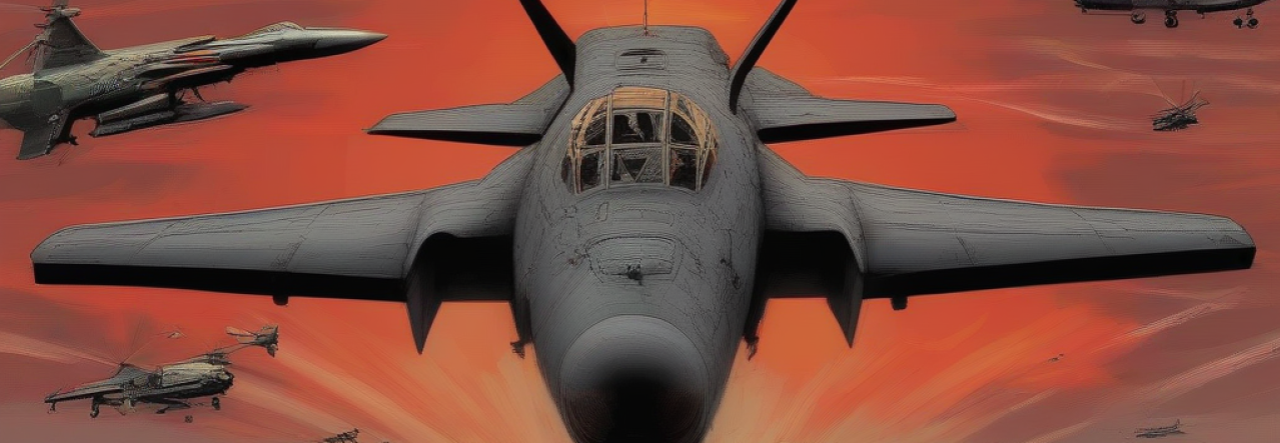Seeing a post on the different “Eagle” and “Sparrow” fandoms made me think of this blog. After all, it started off trying to be small and selective to a small and selective group of literature. And then it ended up reviewing lots and lots of fiction in genres anything but those. Now, that post has its issues, but the general trends hold up.
Wargaming is an ideal “Eagle” fandom, small, selective, and often focused on exact details and quality. In contrast, cheap thrillers are a perfect “sparrow” fandom, where many are simply interchangeable and quite a few readers aren’t picky at all. Neither of these are bad things in the slightest. One can enjoy a deep simulator and a shallow mobile game just as much. But they are clearly different.
In conventional World War III fiction, it’s very easy to see the spectrum from “Eagles” (War That Never Was, wargames, especially advanced ones, etc…) to “Sparrows” (Ian Slater, other trend-hopping fiction). For all my criticism of Larry Bond, an underappreciated advantage of his books is an ability to balance between the extremes, making, or at least sincerely trying to make, something that’s technically adept enough for the “eagles” and relatable enough for the “sparrows”.
But where I’ve seen the biggest dichotomy is in alternate history. Like any other genre/type of fiction, it has its “eagles” and “sparrows”, and it’s made worse in my eyes from inherent divisions. IE, the same person is unlikely to consume Brad Smith’s World War 1985, Bridgerton, and Hotline Miami just because they’re all “alternate history”.
And internet alternate history, starting off as a pretty obvious “eagle”, has gradually changed. If I had to describe a lot of it, I’d use the term “a sparrow with the trappings of an eagle”, a sort of Mimikyu. There’s exposition, stock photos, and wikiboxes with exact details and little/no effort to make a broadly appealing narratives. Yet a lot of these events are contrived, ill-researched-and accepted.
The reason why I found New Deal Coalition Retained‘s conventional World War III so legitimately fascinating and not just bad was because it embodied this trend and (negatively) stood out so much from the Fuldapocalypses I knew so much about. Military alternate history (especially the American Civil War and World War II) has this reputation for being more “eagle-y” than a coordinated F-15 flyover of Lincoln Financial Field.
Here comes this war with absolutely no thought put into its logic beyond the absolute basic trappings of Clancy/Bond (which I think might have been copies of copies), a knockoff of World War II, and a desire for BIG CASUALTY NUMBERS. Yet it’s broad-scope told in a pseudo-Hackett way of pure exposition mixed with a handful of vignettes. While the most extreme example, it illustrates the strange evolution of internet alternate history through its blatant and noticeable issues.
